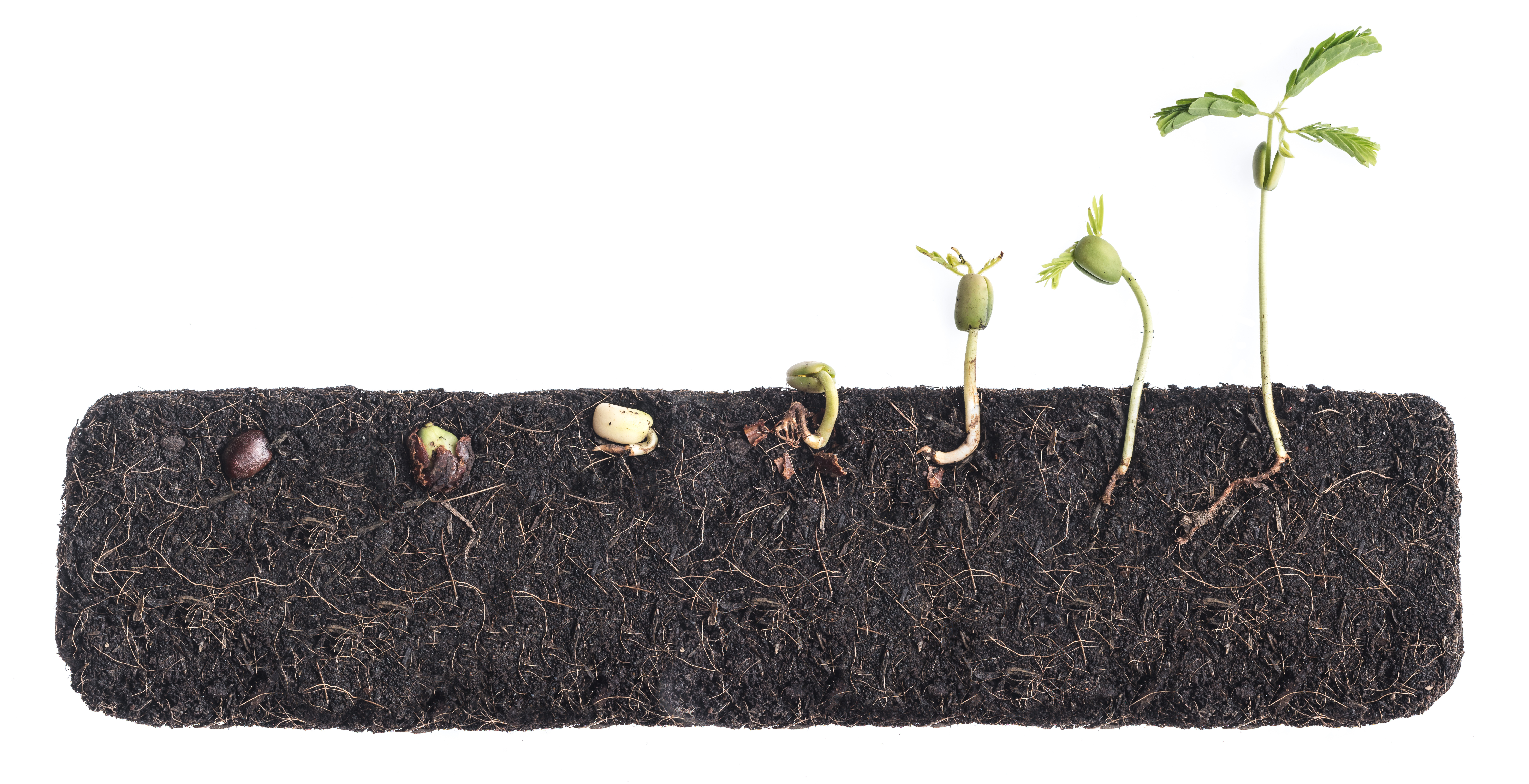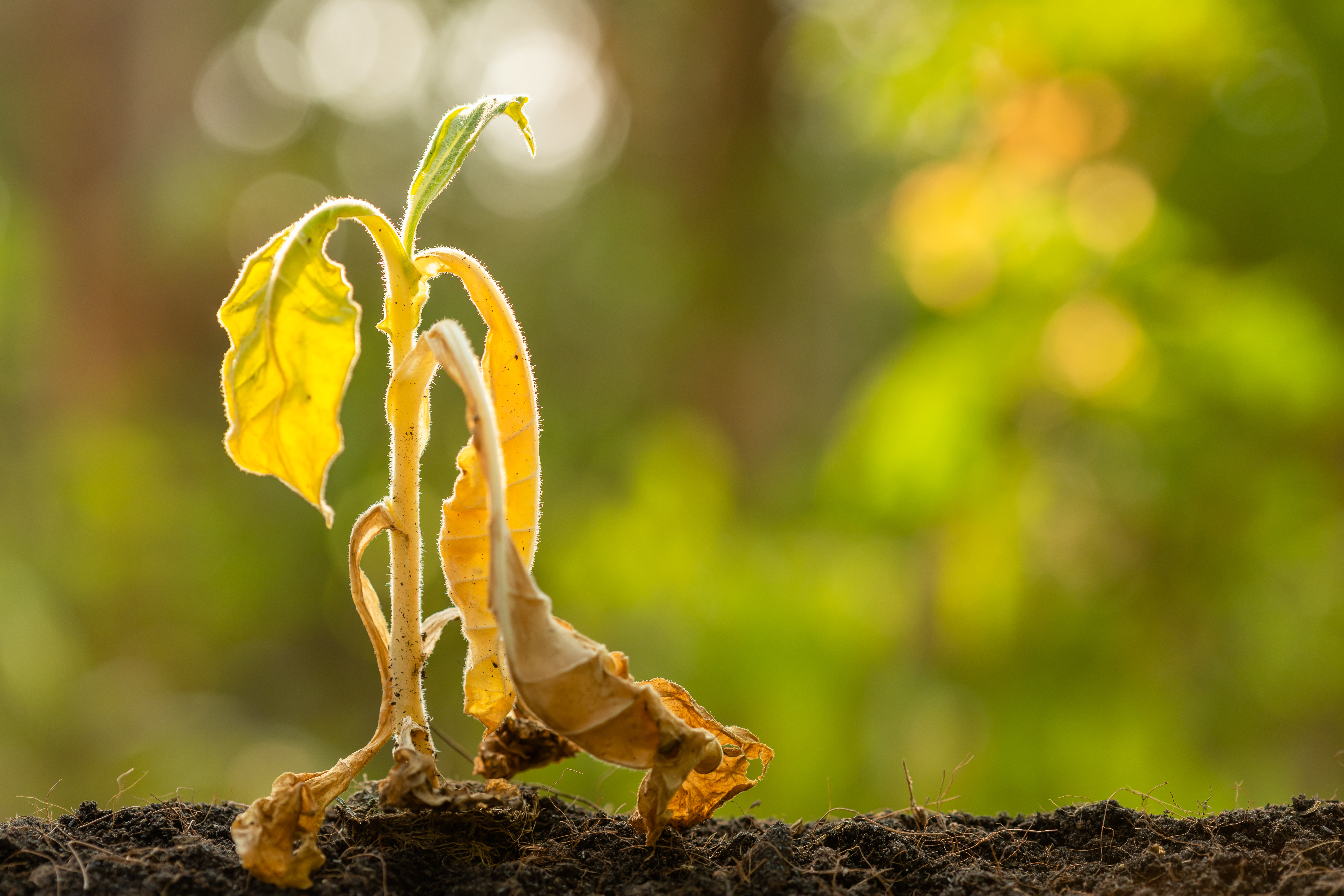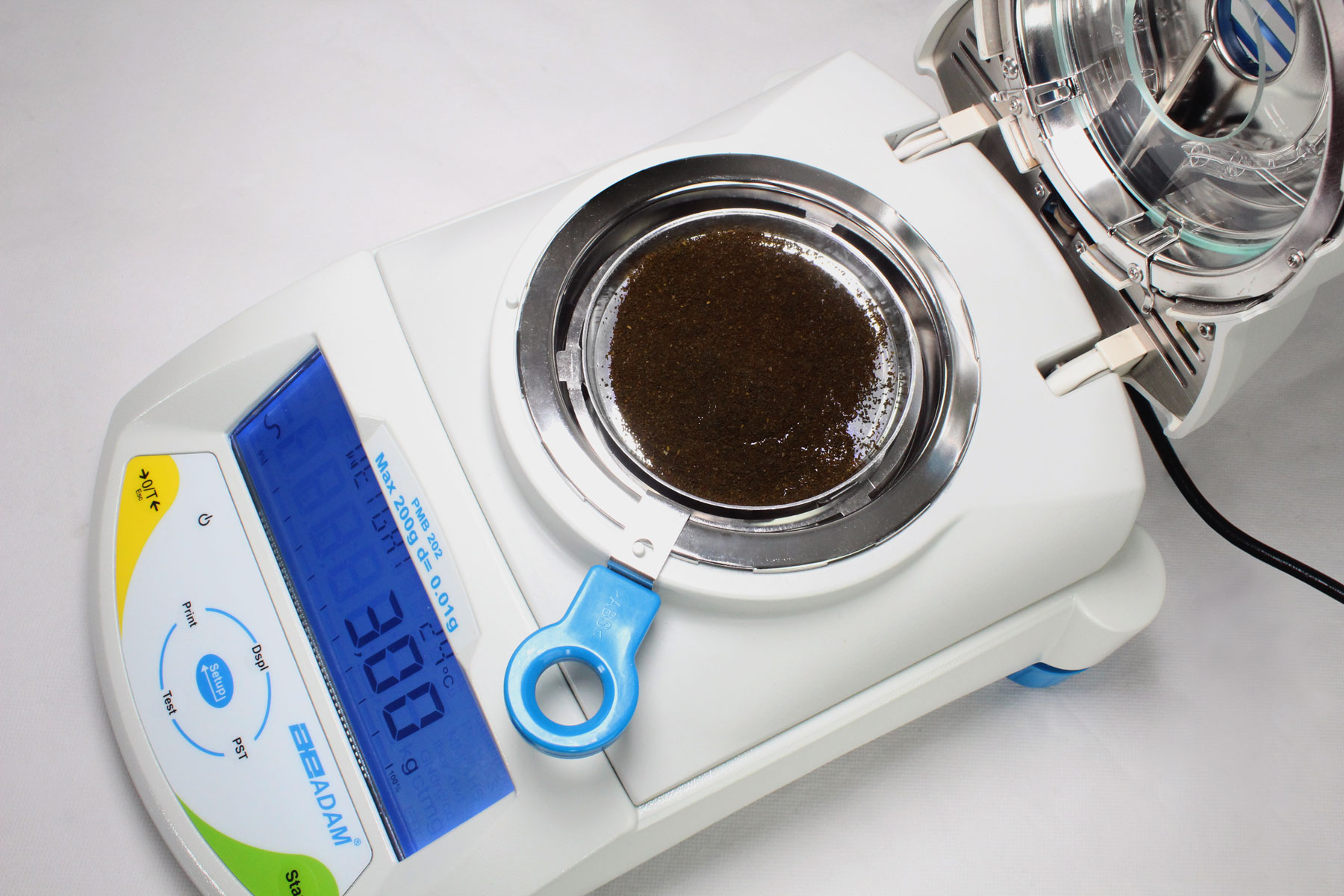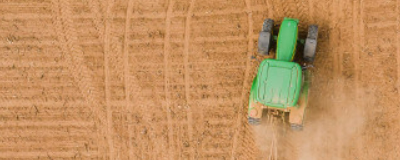
You know that crops need water, soil and sunlight to flourish. However, it’s a bit more complicated than that. Too much of any is just as damaging as too little. Our helps you manage the moisture impacting your crops from seed to soil. This blog will discuss why moisture management in seed storage and in different soils is so important for helping your crops thrive, preventing waste, and saving money.
Understanding Seed Development
A seed begins as a zygote, which then develops into an embryo that will eventually grow and become a crop, flower, tree or bush. Some seeds contain an endosperm, which is essentially nutrient storage. To stay viable before it’s planted, the embryo draws nutrients from the endosperm. Other seeds draw nutrients from the embryonic leaves, or cotyledons. This keeps them alive while they’re waiting to be planted.
Unplanted seeds can last up to a few years, depending on the type and whether it’s stored properly. However, the longer the seed waits, the more difficult it may be to germinate as their nutrients run out.

Both endospermic and non-endospermic seeds are protected by an outer layer called the seed coat. This is what you can see with the naked eye and keeps the embryo safe until it’s time for it to grow. The seed coat isn’t completely infallible – if it were, the embryo could never breech. Poor storage and planting practices can ruin a seed’s viability.
Moisture Management in Seed Storage
Even though seeds come with their own nutrients, they can’t be left just anywhere and forgotten until growing season. They need to be stored with respect to moisture and humidity. Proper storage will be in air-tight containers in a location where the humidity levels are around 40% or below.
For a much higher likelihood of success, we recommend testing seed moisture using our .

Most seeds can be safely comprised of 5 – 8% moisture, though others like barley seeds can handle a bit more, around 12%. Anything above and they may begin to grow mold, fungi or attract hungry insects. They may even begin to germinate prematurely. If you want to make sure that you’re storing your seeds properly, occasionally using a moisture analyzer to test the seeds can provide insight.
Testing Seeds with a Moisture Analyzer
Our determine moisture by measuring how much weight the sample lost before and after the drying process. This is called the loss-on-drying method.
Take between 2 – 10g worth of seeds and spread them evenly across the moisture analyzer pan. For best results, it’s recommended to grind the seeds into a fine powder, but it’s not strictly required. Once the seeds have been prepared, set the heat and timer on the moisture analyzer. The default setting is recommended for first use. Depending on how the sample reacts – burning, forming a skin, turning dark brown – you’ll know whether to lower the heat. Below are the settings recommended for some common seeds.
|
Materials |
Sample Mass (g) |
Drying Temp (°C) |
Interval Times |
Average Moisture Content (%) |
Drying Time (Min) |
|
Barley Seed |
2-3 |
130 |
10 |
12.7 |
12 |
|
Grass Seed |
2-3 |
135 |
25 |
15.6 |
15 |
|
Poppy Seed |
4-5 |
95 |
25 |
6.2 |
18 |
|
Pumpkin Seed |
6-7 |
110 |
15 |
6.5 |
12 |
|
Sunflower Seed |
3-5 |
80 |
15 |
3.85 |
10 |
|
Wheat |
4-5 |
130 |
10 |
14 |
15 |
|
Pea Seeds |
2-3 |
130 |
10 |
16.3 |
8 |
If the average moisture content for barley seeds, for example, is 12.7%, you should begin to be concerned if your results are significantly higher or lower than that. Higher signifies that the environment they’re being stored in may be too humid or let in too much moisture – such as if they’re left outside in the rain. Lower means that they may be too dry, and the seeds may be desiccating, or losing their viability. This can happen if they’re left in the hot sun for too long.
Keeping your seeds safe through moisture analysis both saves you money and increases your crop yield. The better they’re stored, the more survive until planting and the higher chance you have that enough will germinate and produce healthy crops. Otherwise, you would need to spend money purchasing replacement seeds which may get more expensive closer to season. Or you could plant the ones remaining and risk a lower yield.
Soil Varieties and Moisture Requirements
Before you plant, make sure you perform research into the types of soil that will benefit your seeds the most. There are many types of soil, and each one maintains moisture differently. As some crops need more water than others to thrive, matching the right crops to the right soil in the right environment will help you increase your yield. You don’t want to waste money or effort by planting crops in unsuitable soil.
Four terms you need to understand are saturation, field capacity, permanent wilting point and available soil water. Each relates to how much water is filling the pores of your soil, or the spaces between soil particles, as well as how easy it is for the crop to draw water.
Saturation
Saturated soil means that water is filling the pores entirely. It takes little effort for plants to absorb the water. However, water in saturated soil is drained quickly before the crops can take full advantage. Therefore, not all the water in saturated soil is considered available for crops. Soils with a slow drain rate are at risk of drowning or killing plants as well.
Field Capacity
Soil at field capacity means that there’s been some drainage, so not every pore is filled with water. This is generally considered an ideal condition to grow crops.
Permanent Wilting Point
Soil that is at a permanent wilting point has little water between pores. Plants can no longer draw water from the soil, so it begins the wilting process. Even if re-watered, crops that have endured soil that dry will not recover.

Available Soil Water
Available soil water is the amount of water in the soil between the field capacity and the permanent wilting point. The soil holds enough water to prevent wilting but not enough to drain quickly, so it’s considered fully available for crops.
Though field capacity is the most ideal condition to grow crops, the most realistic goal is to provide enough water to stay at or below field capacity and above the permanent wilting point. Each type of soil has different moisture thresholds for field capacity and wilting point. Though there are many different combinations of soils, we’ll focus on the top four common. Oklahoma State University provides statistics for the soil water thresholds:
Clay
Field Capacity: 40%
Permanent Wilting Point: 22%
Clay soil is extremely dense, which means it holds water and doesn’t drain well. Because it holds water so well, it’s quick to frost and freeze in low temperatures, and slow to rewarm in the spring. Clay soil may not be the best to use if you’re in a climate where it rains frequently.
Sand
Field Capacity: 10%
Permanent Wilting Point: 4%
Sandy soil is the opposite of clay – it’s not dense at all and doesn’t retain water. It’s slow to freeze and quick to warm up. Sandy soil may be unideal in a very dry climate, as much more water will be necessary to keep the field moist enough.
Silt
Field Capacity: 30%
Permanent Wilting Point: 6%
In terms of particle size, silt is only slightly larger than clay. It drains better than clay does while still being able to retain water.
Loam
Field Capacity: 27%
Permanent Wilting Point: 12%
A loamy soil is a combination of soils. There’s sandy loam, clay loam, etc. Loam soil in general, however, is an equal mix of sand, silt and clay. Because it’s a mix of all three, a significantly greater number of crops can thrive. The field capacity is lower than silt and clay, but the permanent wilting point is only lower than clay. It’s easier to keep crops thriving with less water, but you also need to be more consistent about keeping the soil moist.

Keep in mind that though your crops may be able to grow well in these types of soils, the soils themselves may need addendums to provide the right level of nutrients for your specific crop, such as fertilizers or compost. They’ll also need to be planted in the right season and receive adequate levels of sunlight.
Analyzing Soil Moisture
When you understand the ideal moisture point for your crops, you want to be able to provide that level as often as possible. Frequent moisture analysis is an excellent way to help keep your soil between field capacity and permanent wilting point. Testing a few grams every day can give you incredible insight into how much and how often to water or irrigate your crops, especially when you’re unfamiliar with the soil you’re working with.
Let’s say you’re growing tomatoes in sandy soil. You know that sandy soil needs between 4% and 10% moisture to have enough available for the tomatoes to drink. However, you’re not sure how much water you need to use to keep it in between those levels. You decide to perform some tests with a moisture analyzer.

You water your crops as you normally might, then test the soil after giving it some time to absorb. You discover that the soil only contains 5% moisture. You now know that you need to provide more water in one go, or else you’ll be watering every hour to keep the sandy soil above wilting point. You water more, give it time to absorb, then test it again to find 8% moisture. With this level of water, your crops are safe.
You might decide to test a few hours later to see what the level of moisture is then. This can tell you how often you need to water in addition to how much. Because sandy soil drains quickly, you’ll need to water more often in a dryer climate than in a humid climate. It's better to learn how much moisture is required as early into the planting process as possible, and recheck as your crops grow. This way, you're always acclimating to your crop's increased demand, and thus guarantee your yield is nice and healthy.
For more information about how scales and balances benefit the agriculture industry, check out our blog “Scales and Balances for Agriculture” here.
Sustainability Through Water Conservation
Testing your soil with a moisture analyzer helps you determine the ideal level of moisture for your crops over time. This prevents overwatering, thus conserving your water supply and saving you money on your water bill. Overwatering may cause leaching that spreads pesticides and other addendums beyond your field, which wastes those as well, since they’re no longer being used to benefit your crops. In a wider scope, leaching can harm your local ecosystem, especially if it gets into the water supply. Overwatering also harms your crops in the long run, wasting time, effort, money and good produce that may have provided nutrients to members of your community.
From seed to soil, our PMB Moisture Analyzer is an excellent tool to help you maintain your crops correctly. If you have questions, contact us and we’ll be happy to help.




